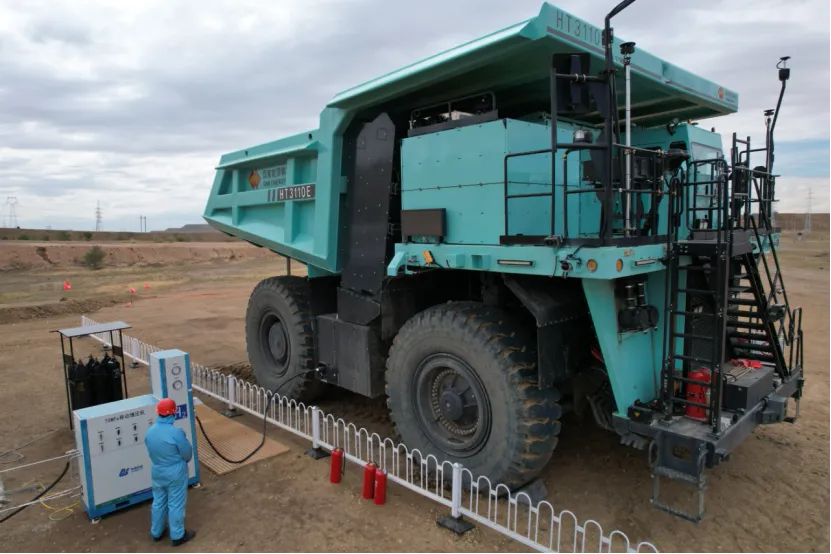Korea is probably at one of the biggest inflection points in its history. We call this the third inflection point—it had a big wave of growth until the ’80s, and then Korea saw another wave of growth after the financial crisis in the ’90s.
Now, Korea is facing some of the biggest challenges it has seen since. I’d highlight two in particular: One is a shift in demographics. We’re seeing declining population growth everywhere in the world, but Korea is by far one of the worst. I was born in the 1970s era, where a million babies were born every year.
This year, in 2023, Korea is expected to have less than 250,000 babies—less than a quarter of where we were in the ‘70s. We are rapidly declining in population and as a result, the second big issue Korea is facing right now is our GDP growth rate.
Korea is now being revised down by both the International Monetary Fund (IMF) and the Organization for Economic Cooperation and Development (OECD) to the 1 percent range. So, I would say slower growth and a declining population are our next big challenges going into the next 50-100 years.
At McKinsey, we recently did a study to look at the next S-curve for Korea, outlining eight recommendations along three areas: The first is restructuring, the second area is around shifting, and the third area is around cultivating.
On restructuring, there are several industries that are facing fundamental challenges—one example is petrochemicals. Petrochemicals have been either number one or number two in terms of exports from Korea. Most people don’t know this, but Korea is a major importer and exporter of petroleum products, and then back as petrochemicals. The number one destination for Korean petrochemicals is China, and we are seeing a 20 percent oversupply of petrochemicals to China in the next five to ten years.
This is going to have fundamental implications for the Korean petrochemical industry, which has traditionally been a major source of exports for Korea.
The second is around shifting, and when we’re talking about shifting, what we mean is the need to really shift the way the Korean economy is structured. One example of this is in the whole mobility sector. We see Korean mobility as a source of future growth, especially in areas such as mobility services. Yet currently, the service industry in Korea is one of the lowest among developed countries at around 60 percent. And we think that it needs to get to 70 percent. So, shifting the source of high-value services is going to be a second big area.
The third and final area is around cultivating. And here, there’s many aspects, but one I’d like to highlight in particular is talent, especially global talent.
One statistic that really surprised me was that from 2012-2022, Japan increased the number of foreign talent by 4X. These are skilled laborers, and while Japan has increased by 4X, Korea has stayed flat. Korea really needs to bring more skilled labor into the country now more than ever, especially given the first point that I mentioned around lack of growth and a declining population.
So, those are three areas that we think are going to be critical for Korea’s next S-curve. And I’d like to close by saying we’re actually very excited about what’s possible. We think that Korea has the potential to be the 7th largest global economy with a GDP per capita of over $70,000. We think the potential is there, it just needs to work on a lot of these actions.




